CRT (confederate reading time), y’all
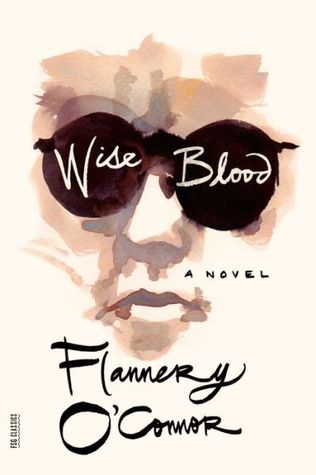
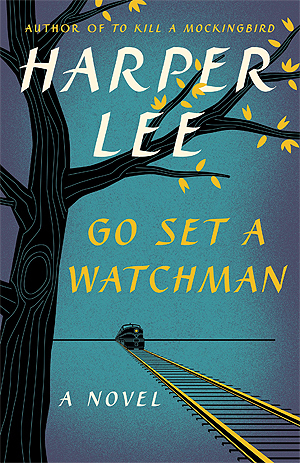
My thoughts are crowded with current events – the University of North Carolina’s decision to offer a tenured position to Nikole Hannah-Jones (the primary NYT journalist behind the Pulitzer Prize-winning 1619 Project) after initially demurring; the increasing misuse and weaponization of Critical Race Theory by those who are clinging so tightly to a sanitized version of American history. What’s a nice white lady to do?
My intake of Southern literature continues apace. I’m reading Wise Blood by Flannery O’Connor – a deeply disturbing novel published in 1952 by the most unflinching of Southern writers. You either love F O’C or hate her, usually depending on how much raw honesty you can take. Wise Blood is my personal pick for one book group, and an outward version of an internal argument I’ve been having with *another* book group (I’m in so many!) who all just deeply admired that damn Crawdads book. Talk about your revisionist history. I’ve written about To Kill a Mockingbird before – how even that great novel, with all its dust and sweat and slow ceiling fans and weird little kids, is looking at the mid- twentieth century South through an overly generous, retroactive lens. However strange the story behind the release of Go Set a Watchman*, and however unpolished the story feels, in her second novel Harper Lee sets the record straight on what kind of a person Atticus Finch probably would have been, had he been real. Lovers of TKAM hated it. So you should read GSAW, precisely because it ruffled the feathers of so many. I take perverse pleasure in the company of white women who tell the truth.
You know who else sets the record straight on nice white people in the mid-twentieth century (and before) South? Primary sources. So those of you who are so worried about history being “erased,” get on back to the words of actual, historical people and tell me – after you’ve read them – how it was back then.
Here’s one I’ve read lately:
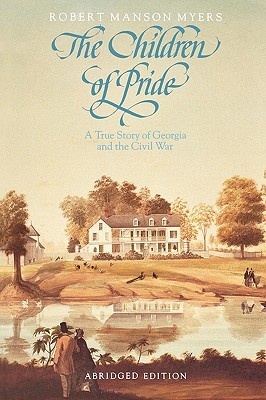
I had to get my hands on this collection of personal letters, as they come from the exact place where my novel is set (in and around Liberty County, the current site of Fort Stewart, Georgia). I didn’t want to pay for them because they cast a favorable light on the Jones family, famous (just ask them) for their benevolent pre-war treatment of their “servants.” Plus they’re out of print (nOt CenSOrsHip – just a market response to work that doesn’t sell, y’all, even though this 1,400-page work won the National Book Award in 1973). They’re expensive on collectors’ sites, so I was lucky to find a copy of the post-war third volume on PaperbackSwap. I’m still looking for free copies of the other two volumes. Anyway, it was amusing to read how genuinely perplexed the Jones family was when the “servants” didn’t want to stick around after the war unless they were getting paid. How increasingly grouchy the Joneses got – how they stamped their tiny feet like Aunt Pitty in Gone with the Wind (“after all we’ve done for them!”) – as the realization dawned that they would not be able to keep all their plantations *and* pay for labor. There are so many parallels between the Joneses and their modern-day, multi-yacht-owning counterparts. So much you could say about all of it – except you don’t have to, because you have it all right there, in their own words.
Here’s one I read a while ago, but should probably re-read:
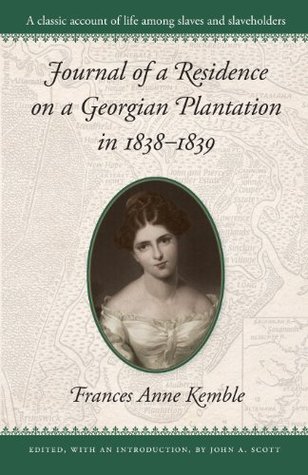
Fanny Kemble was a British actress who was briefly married to a friend and neighbor of the Joneses. Among her many observations of the “peculiar institution” of slavery are several mentions of light-skinned “servants” (not her word) who bear a striking resemblance to Rossie King, another close friend of the Jones family – the ones who treated their servants so well (just ask them). The two books tell on each other, and they’re a delight.
I could go on and on about books that dispatch current protestations of historical revisionism, by the glorified Southerners themselves. I’ll come back to this after I discuss Wise Blood with my book group (they’re the kind of people who prefer a literary throat-punch to a pastel version of events, so this should be a good meeting). There’s too much to talk about, read, and think about on the topic of white views on race. And since I’m more or less writing to myself in here, I will do and say and think and write what I want.
*https://newrepublic.com/article/122290/the-suspicious-story-behind-harper-lees-go-set-a-watchman


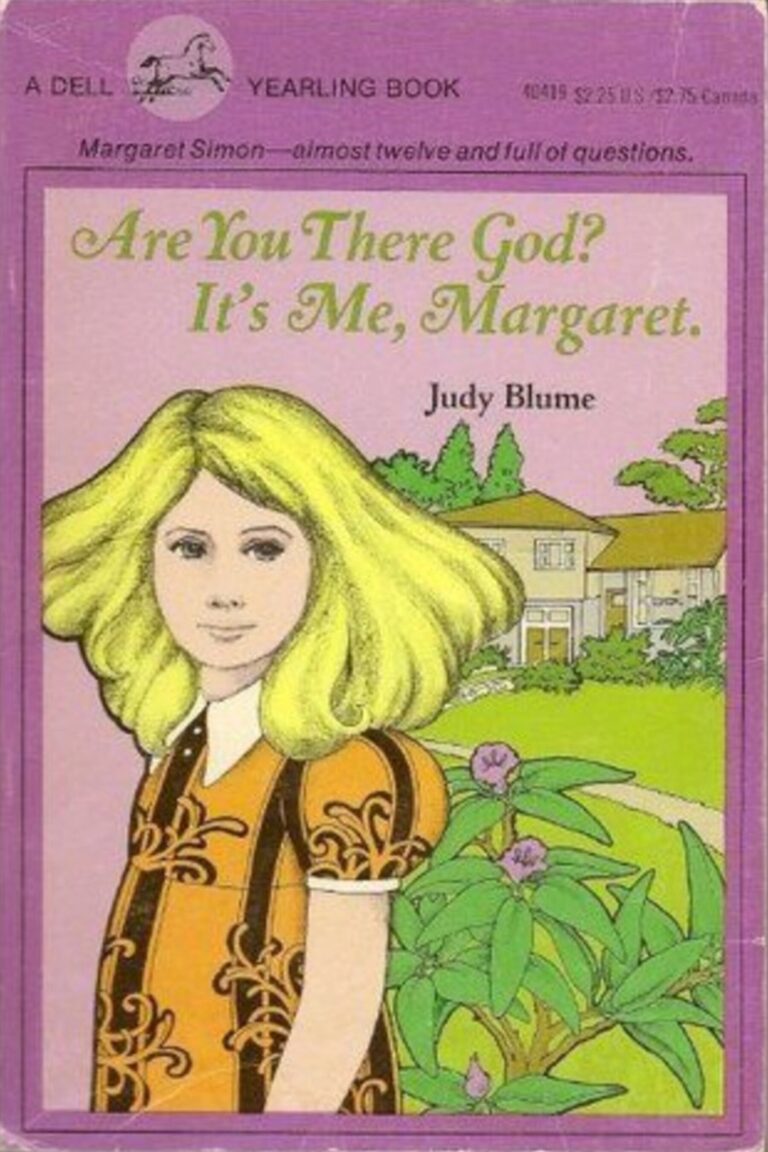
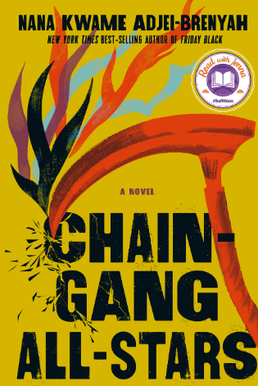
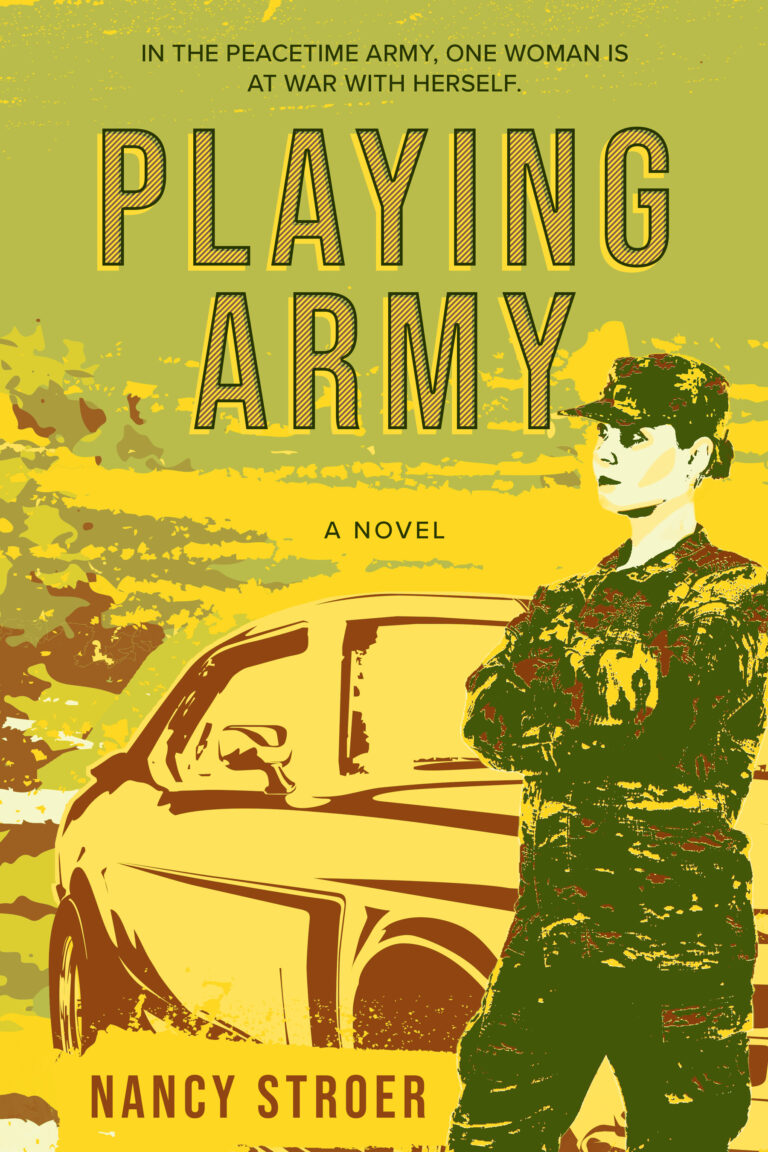

Not quite ALL to yourself. 😉
Ha ha! Nice to see I’m not alone! 🙂